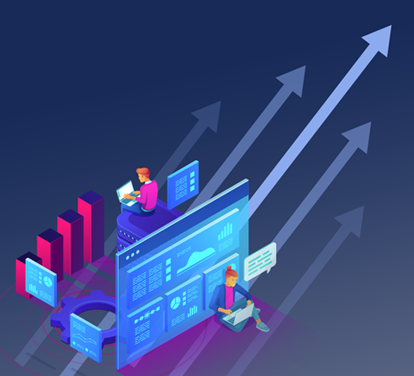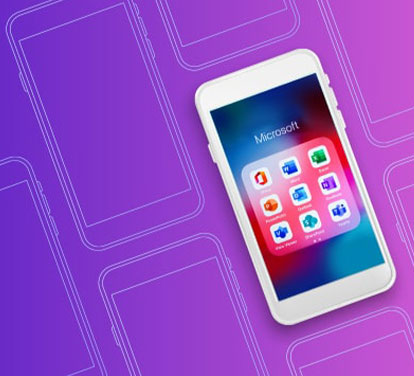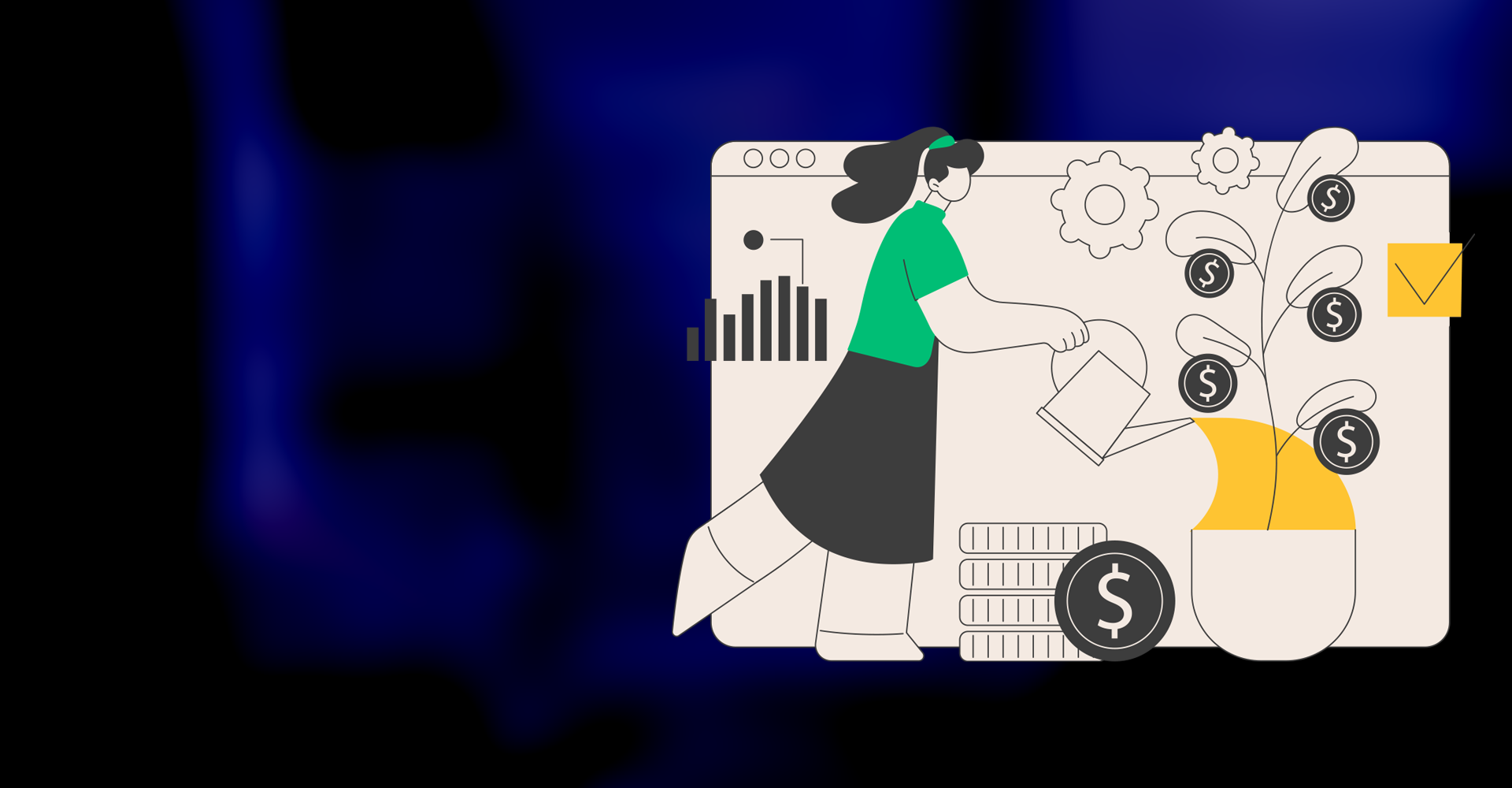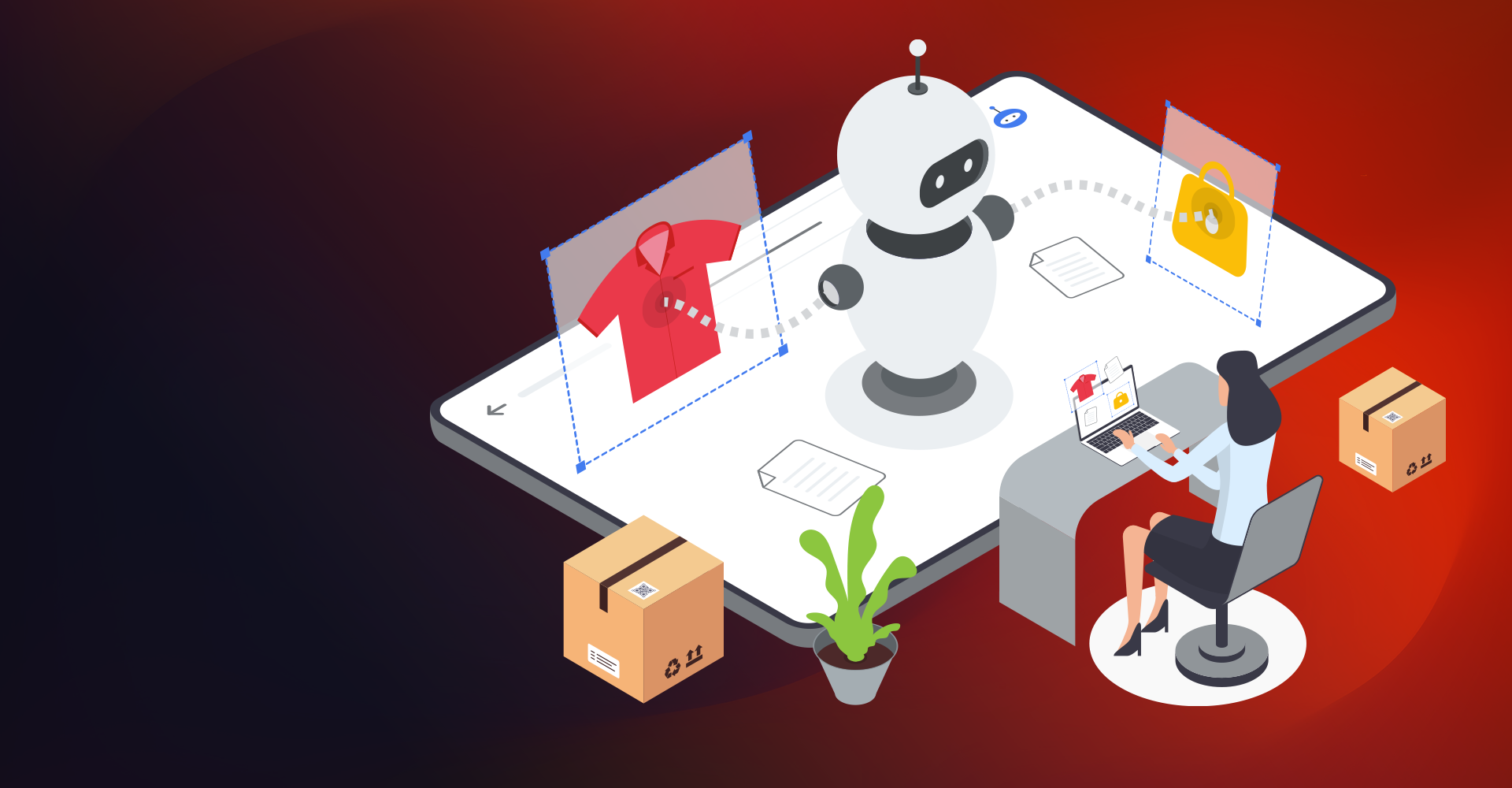Summary(TL;DR): With subscription models, usage-based pricing, and global sales on the rise, quoting alone isn’t always enough. This blog compares Salesforce CPQ and Revenue Cloud, highlighting how CPQ handles the basics while Revenue Cloud encompasses the full revenue cycle—encompassing billing, compliance, and analytics—so you can determine when it makes sense to move beyond CPQ.
In the era of subscription billing, usage-based pricing, and omnichannel sales, many Salesforce customers are hitting the ceiling with their CPQ systems. If you are relying on Salesforce CPQ to fuel complex revenue motions, you may already be asking the big question:
Is CPQ still enough—or is it time for Revenue Cloud or is it time for Revenue Lifecycle Management (RLM)?
This blog explores the use cases, benefits, and limitations of both Salesforce CPQ and Revenue Cloud, helping revenue leaders evaluate which solution best fits their growth strategy.
What is the core difference between Salesforce CPQ and Revenue Cloud?
CPQ helps sales teams create accurate quotes quickly, but Revenue Cloud is built for organizations that need visibility and control across the entire revenue lifecycle.
Use Case Comparison: Where CPQ Ends and Revenue Cloud Begins
1. Standard Quoting and Configuration
CPQ generates accurate quotes for complex products and services. Revenue Cloud builds on this by managing the full contract lifecycle, including billing, subscription management, and revenue recognition.
2. Recurring or Usage-Based Revenue
CPQ primarily supports recurring revenue through subscriptions, but has limited native support for usage-based pricing, whereas Revenue Cloud provides end-to-end management of both recurring and usage-based revenue, including rating, invoicing, and revenue recognition.
3. Global Expansion
Expanding internationally with CPQ typically involves integrating external tax engines and additional work for currency and compliance. Revenue Cloud natively supports multi-currency, tax, and regional compliance.
4. Omnichannel Selling (Direct + Partner + Self-Serve)
CPQ can feel limited if you’re selling across direct, partner, and self-service channels. Revenue Cloud offers headless APIs, letting you “build once, sell anywhere.”
5. Revenue Recognition & Compliance
CPQ isn’t designed for ASC 606 or IFRS 15 requirements. Revenue Cloud has built-in recognition rules, automated reporting, and audit support.
Business Benefits of Salesforce Revenue Cloud (That CPQ Can’t Fully Deliver)
- Unified Revenue Intelligence: Real-time insights into ARR, ACV, and product-level performance across all channels.
- Automation at Scale: From quote to billing to revenue recognition, RLM reduces manual intervention and accelerates cash flow.
- Customer Experience Gains: Accurate invoices, faster renewals, and fewer billing disputes lead to higher retention.
- Regulatory Confidence: Native compliance capabilities reduce financial risk and audit complexity.
- Operational Agility: Support for changing product bundles, pricing tiers, and contract models without code-heavy changes.
Where CPQ May Still Fall Short
When Should You Upgrade from CPQ to Revenue Cloud?
You should seriously consider Revenue Cloud if:
- You're supporting multiple revenue models or transitioning to SaaS or usage-based pricing.
- Your team struggles with revenue leakage, billing errors, or slow renewals.
- You need revenue intelligence and real-time analytics for accurate forecasting.
- You sell across multiple regions or channels with varying compliance needs.
Final Thoughts
Salesforce CPQ was built to streamline quoting—but today’s high-growth businesses need more than just fast quotes. Salesforce Revenue Cloud addresses the full revenue lifecycle, unlocking automation, intelligence, and efficiency that CPQ alone can’t deliver.
Start your move with a clear, step-by-step guide from Salesforce experts. Check it out!
FAQs:
1. How can Jade Global help businesses transition from Salesforce CPQ to Revenue Cloud?
Jade Global provides an end-to-end roadmap, from assessing current CPQ usage to implementing RLM/Revenue Cloud with minimal disruption and faster time to value.
2. What revenue challenges does Salesforce Revenue Cloud solve that CPQ can’t?
Revenue Cloud addresses gaps in billing, renewals, usage-based pricing, revenue recognition, and global compliance—areas where CPQ alone falls short.
3. Can Jade Global implement Salesforce Revenue Cloud for usage-based pricing models?
Yes, Jade leverages Salesforce Revenue Cloud's native pricing waterfalls and analytics to manage subscription and consumption models seamlessly.
4. What industries can benefit most from Revenue Cloud vs CPQ implementations?
High-tech, SaaS, manufacturing, healthcare, and global enterprises with complex revenue streams see the most value.
5. How does Jade Global help achieve global compliance with Revenue Cloud?
We configure Revenue Cloud’s built-in multi-currency, tax, and regional compliance features to ensure audit-ready operations.
6. Can Revenue Cloud improve automation and efficiency in multi-channel sales?
Yes, Revenue Cloud supports omnichannel selling with APIs that unify direct, partner, and self-serve models, reducing manual work.
7. What metrics and KPIs improve after implementing Revenue Cloud with Jade Global?
Key improvements include faster quote-to-cash cycles, higher renewal rates, lower billing errors, stronger revenue forecasting, and better compliance reporting.













